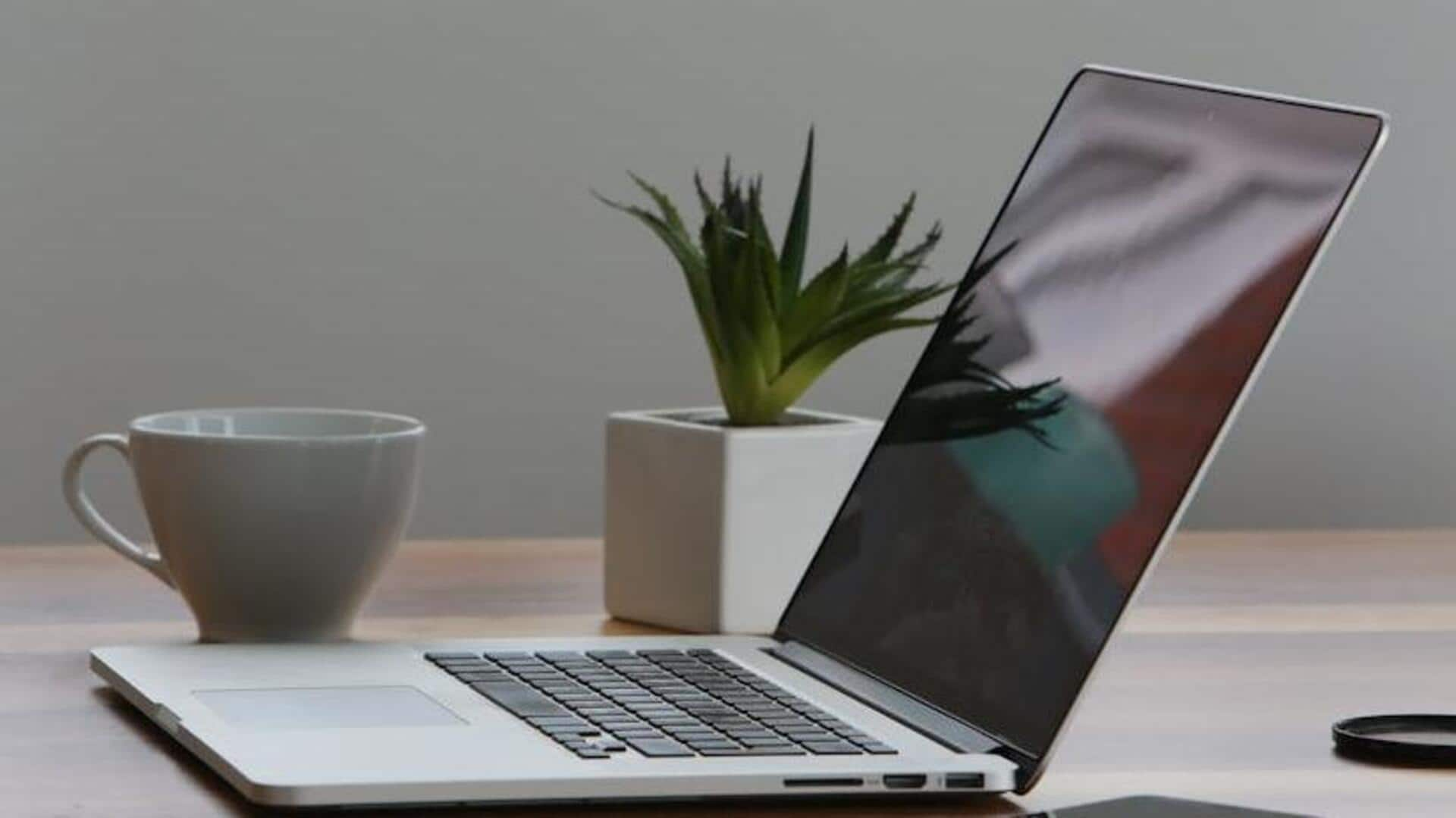
Tech hack: How to make your laptop faster
What's the story
Want to speed up your laptop without spending on new hardware? It can be done with a few key tweaks. These tricks can boost performance, making your laptop run smoother and more efficiently. By optimizing software and maintaining the system, you can improve your laptop's speed dramatically. Here are some practical tips to get you started.
Remove software
Uninstall unnecessary programs
Removing programs that are no longer needed can free up valuable resources on your laptop. Many applications run background processes that eat up memory and processing power, slowing down the system. By uninstalling these unnecessary programs, you can reduce the load on your CPU and RAM, which ultimately improves performance.
Manage startup
Optimize startup programs
Many apps start automatically every time you power on your laptop, slowing down the boot process. By managing startup programs from the Task Manager or system settings, you can prevent non-essential apps from starting at boot. This will not only speed up boot times but also free up resources for other tasks.
Free storage
Clean up disk space
Over time, files pile up on your hard drive, consuming space and potentially affecting performance. Frequent clean-up of disk space by deleting temporary files, clearing cache data, removing unused files, etc., can keep your system running at an optimal speed. Using built-in tools like disk cleanup utilities makes this task pretty simple.
System updates
Update operating system and drivers
Keeping your operating system and drivers updated is critical for the efficiency of your laptop. These updates bring the latest security enhancements, performance improvements. They deal with bugs that could slow down or crash your system, making things smoother. Regularly updating also improves software compatibility, ensuring your apps run without hitches. This is a simple way to maintain optimal performance without spending on hardware.
Power options
Adjust power settings for performance
Adjusting power settings to favor performance over energy savings can also boost speed when you need it the most. In Windows systems, for instance, choosing a high-performance power plan would allow you to dedicate more resources towards processing tasks quickly than saving battery at all times.